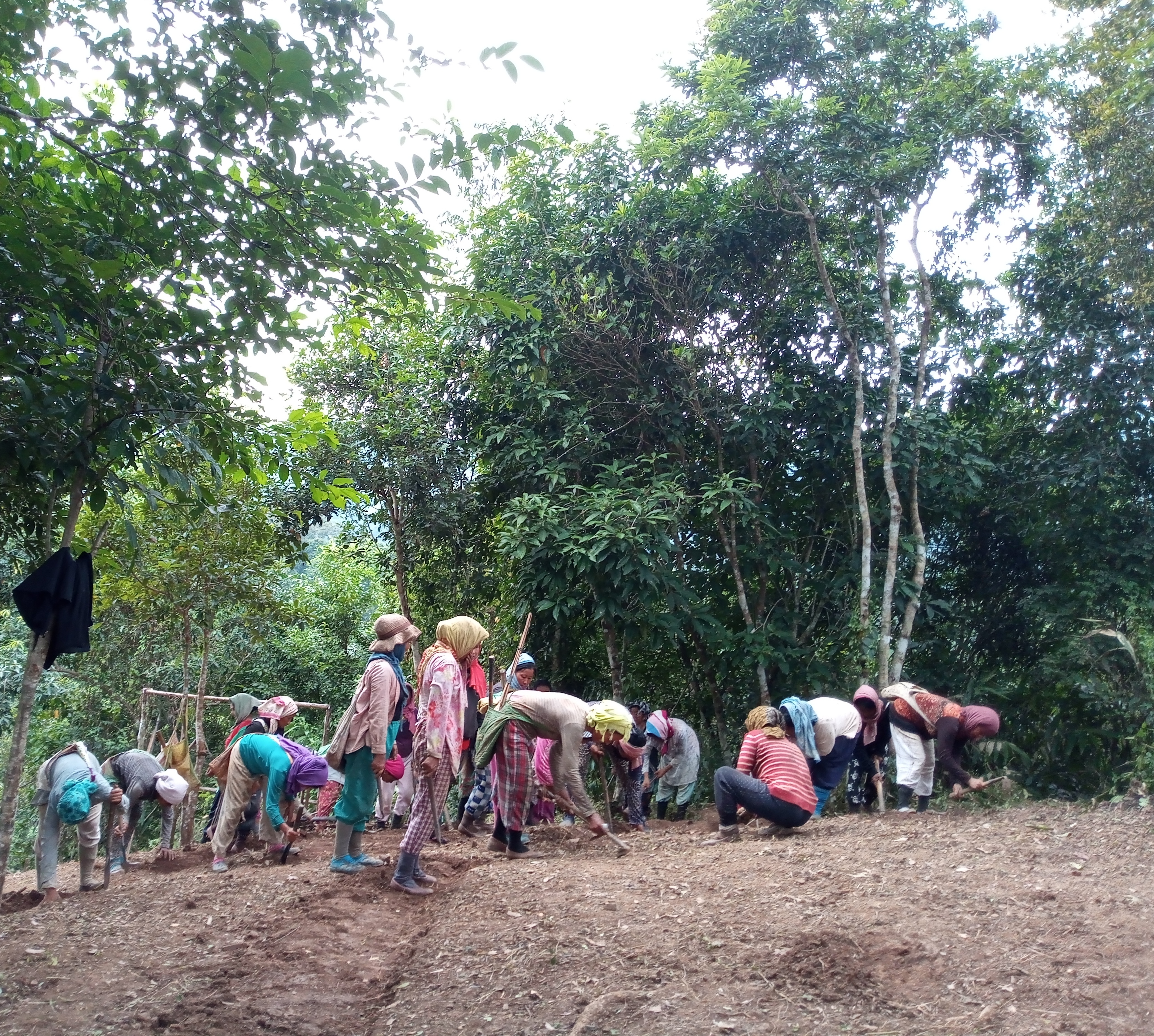Training on various phases of videography is important and is the foundation. Here, training sessions with various modules keeping in mind the importance of local communities’ documentation is needed. Basic skills on the various phases of filmmaking such as story boarding, script writing, shooting and video editing are important for setting the foundation.
1. Experts on the various phases of videography to impart training.
2. Access to equipment.
3. Identification of potential yet passionate implementors who can be trained.
4. Access to stories that cover diverse topics related to culture and biodiversity, such as, indigenous peoples' food systems, traditional songs, traditional knowledge and many more.
5. Sense of ownership among the community youth who will be creating these videos.
